Astronomical Coordinate Systems
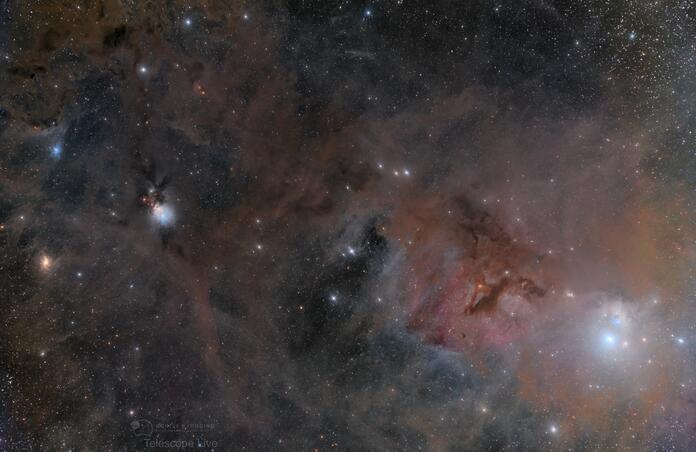
The night sky resembles a large inverted bowl that is full of stars and planets. In order to accurately locate objects in the night sky, we need to figure out a coordinate system to use to consistently be able to precisely locate these objects. As many of these objects are located at huge distances from us, knowing the true distance to an object isn’t necessary to locate the object; you only need to know the object’s angular position as seen on the celestial sphere.
There are 4 main coordinate systems that we use to locate objects in the night sky. Each coordinate system uses (1) a specific plane of reference to determine the great circle projected on the celestial sphere and (2) a reference point the great circle. The specific coordinates are determined by;
- Angular measure around the great circle from the reference point.
- The angular distance from the reference plane that is measured along another great circle that is perpendicular to the reference plane.
Topocentric Coordinates: These are also called Horizon coordinates since the plane of the local horizon is the plane of reference. The specific point of reference in the plane is the geographic north point (or geographic south if you’re in the southern hemisphere). The coordinate is measured along the horizon going east from the north point which is know as the Azimuth and ranges from 0 deg to 360 deg.
Perpendicular to the horizon is called altitude and ranges from 0 deg to 90 deg. Altitude is considered negative if it is below the horizon. An altitude of 90 deg is the Zenith.
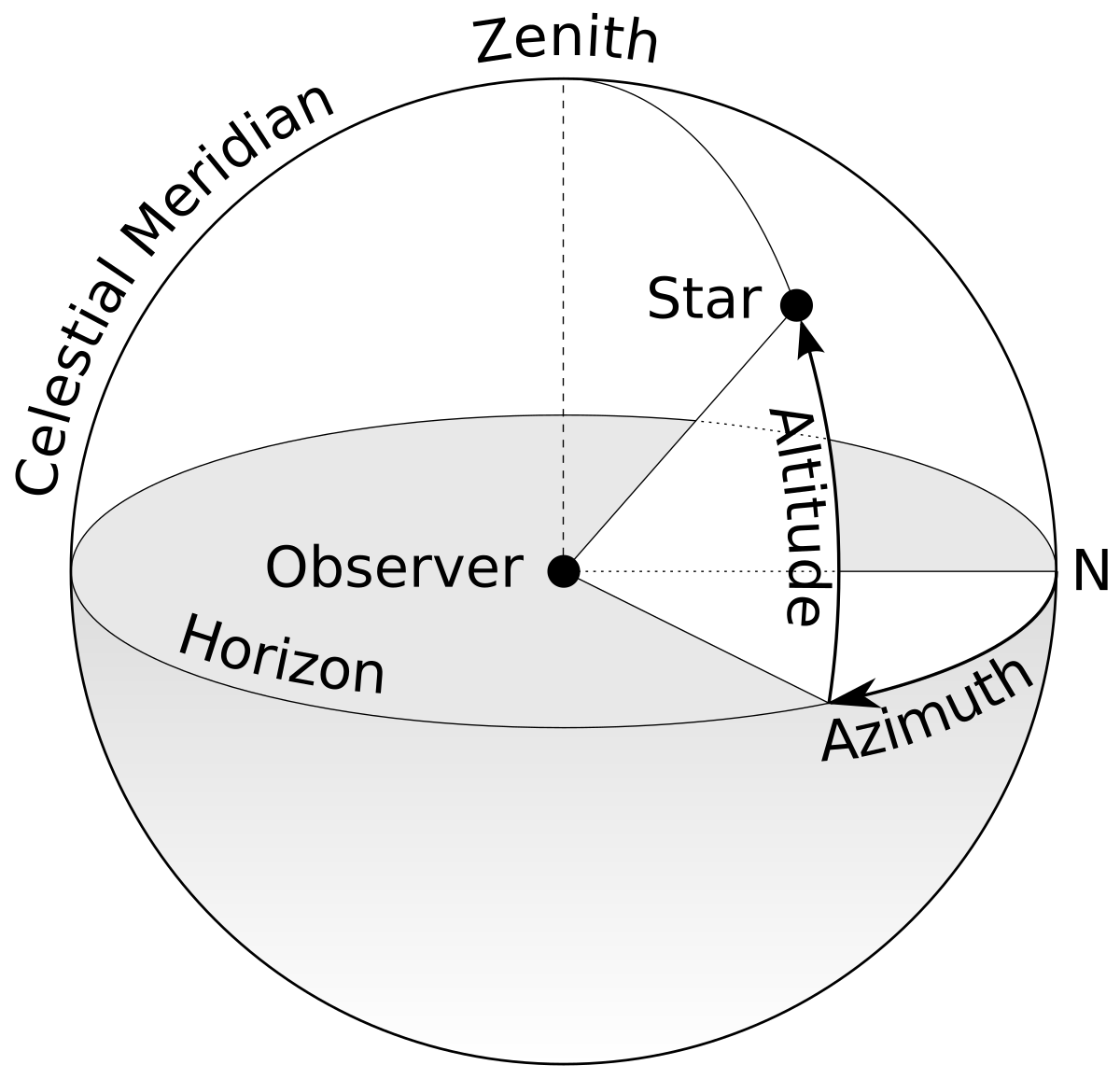
Equatorial Coordinates: Here, Earth’s equator is the plane of reference. The projection of the plane of the equator on the night sky becomes the celestial equator and the reference great circle. The reference point is defined by the plane of the ecliptic, the plane defined by the orbits of the sun and planets. As the ecliptic is inclined around 23.5 deg to the equator, it intersects the celestial equator at 2 points. The point where the ecliptic crosses the celestial equator from south to north is the reference point known as the Vernal Equinox. The coordinate that is measured along the celestial equator east from the Vernal Equinox is right ascension and measured in hours, minutes and seconds.
Perpendicular to the celestial equator is called declination and ranges from -90 deg to +90 deg.
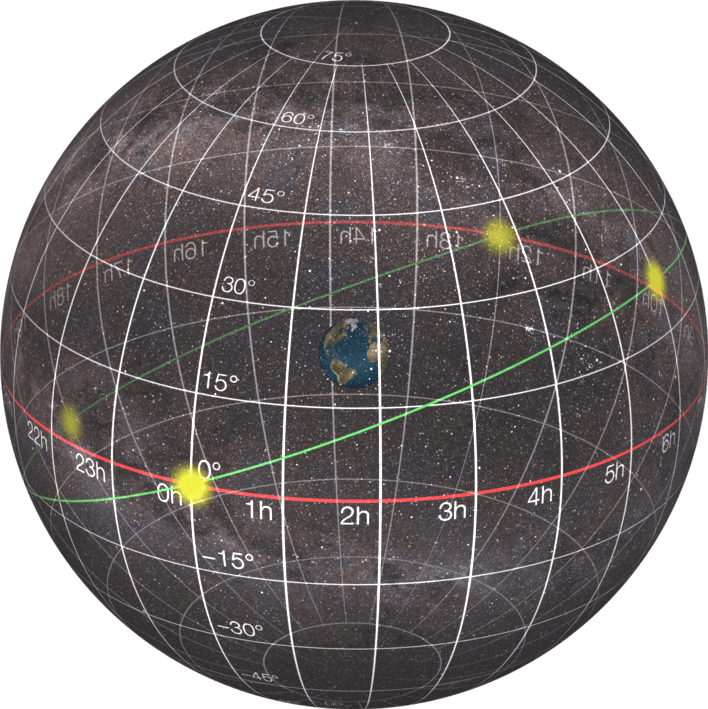
Ecliptic Coordinates: As was mentioned earlier, the Ecliptic is the plane of Earth’s orbit and here is the plane of reference. The projection of this plane on the night sky is the Ecliptic. The reference point here is the Vernal Equinox but the measurements are made along the Ecliptic.
The coordinate here measured along the Ecliptic, east of the Vernal Equinox is called celestial longitude and ranges from 0 deg to 360 deg. Perpendicular to the Ecliptic is called celestial latitude and ranges from -90 deg to +90 deg.
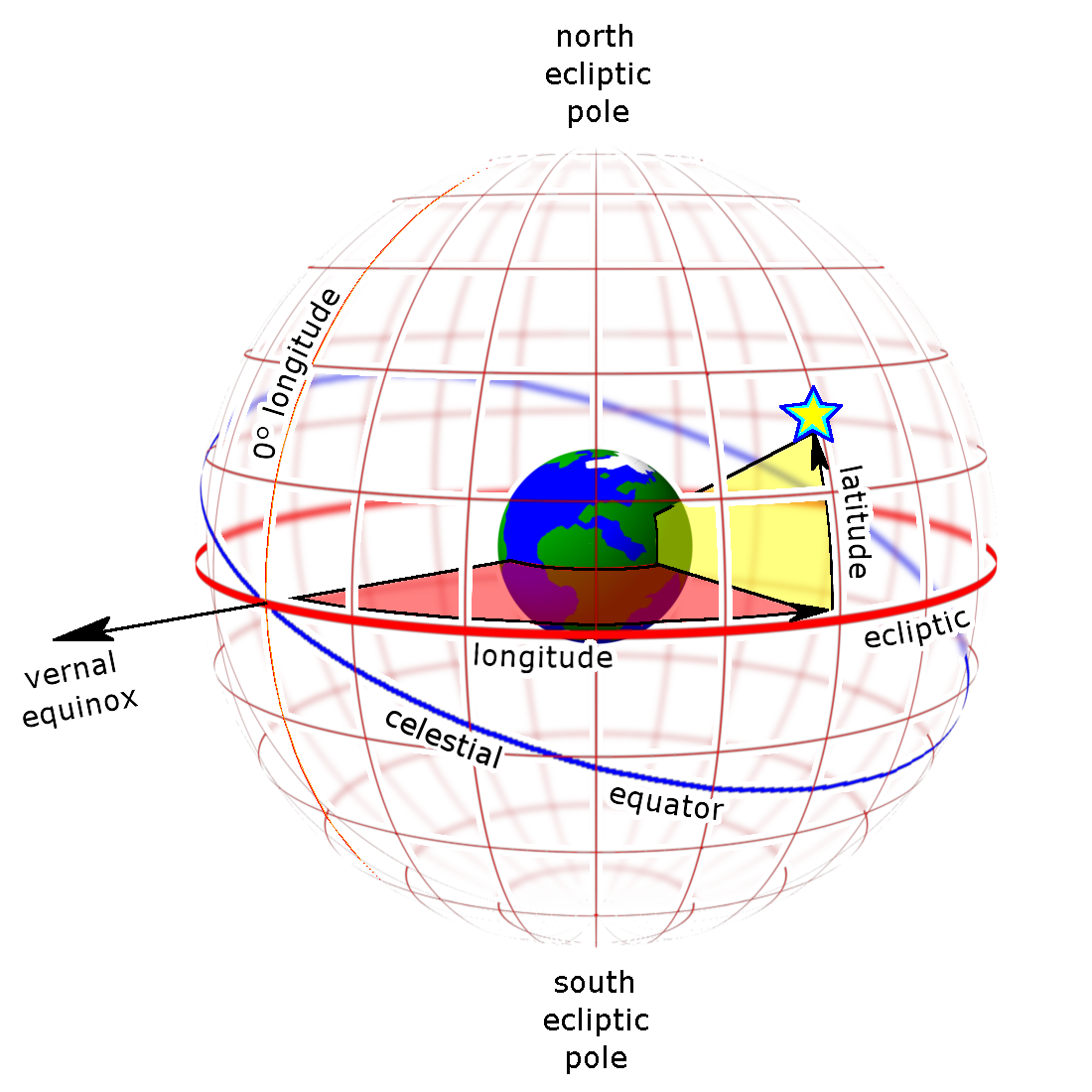
Galactic Coordinates: Here, the plane of our galaxy, the Milky Way is the reference plane. The reference point here is direction of the galactic center which is defined as 33 deg away from the point where the galactic plane crosses the celestial equator from south to north and measured along the circle of the galactic plane toward Sagittarius.
The intersection point changes because of Earth’s precession; for this reason, we need to make this intersection point independent of precession. The intersection of the galactic plane and the celestial equator is referred to as the Equator of Equinox 1950.0. When converting between equatorial and galactic coordinates must refer to Epoch 1950.
Galatic longitude is measured along the galactic equator east from the reference point and ranges from 0 deg to 360 deg. Galactic latitude is the coordinate measured perpendicular to the galactic plane and ranges from -90 deg to +90 deg.
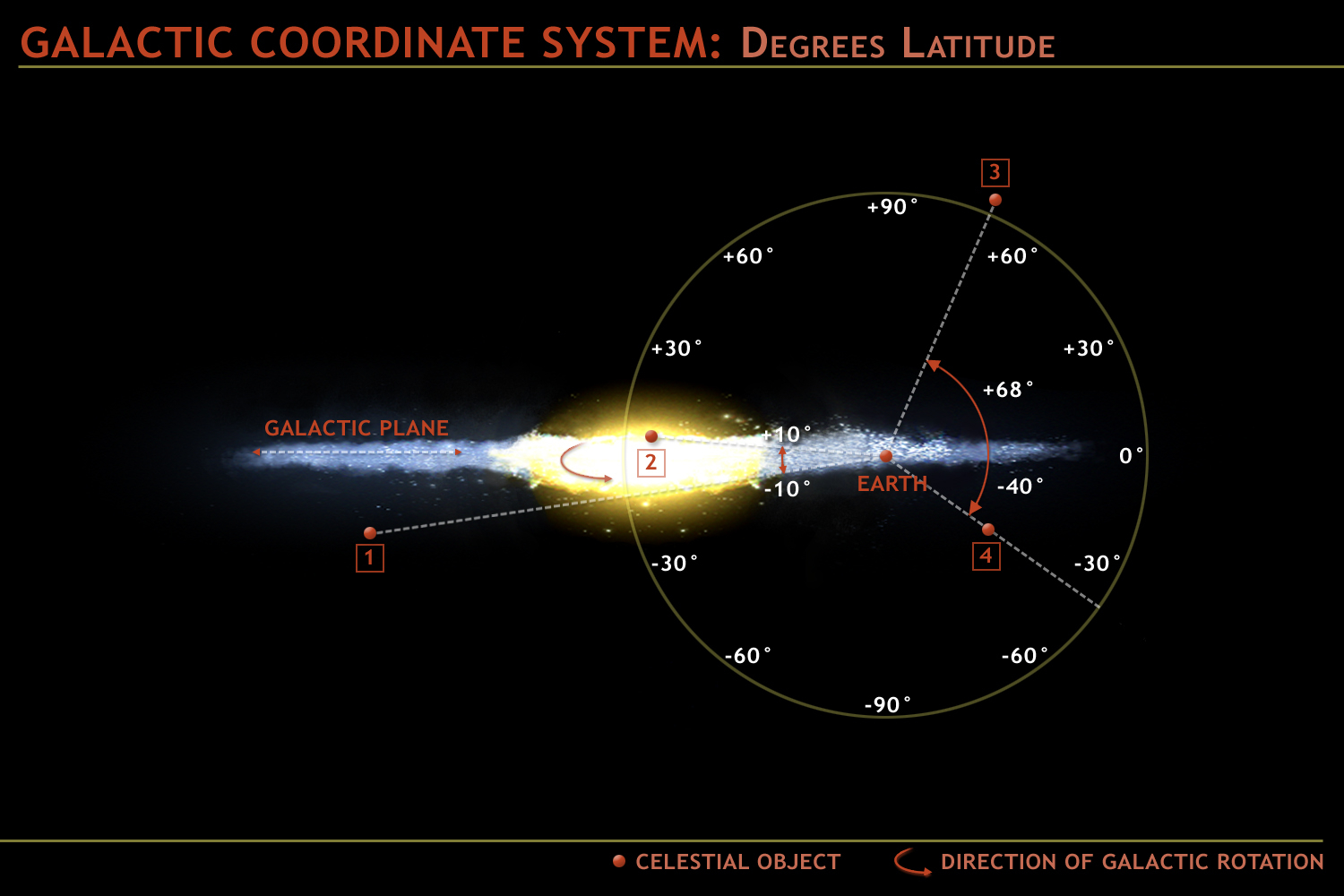
Reference: Math of Amateur Astronomers, James H. Fox and Walt Robinson, published by the Astronomical League
